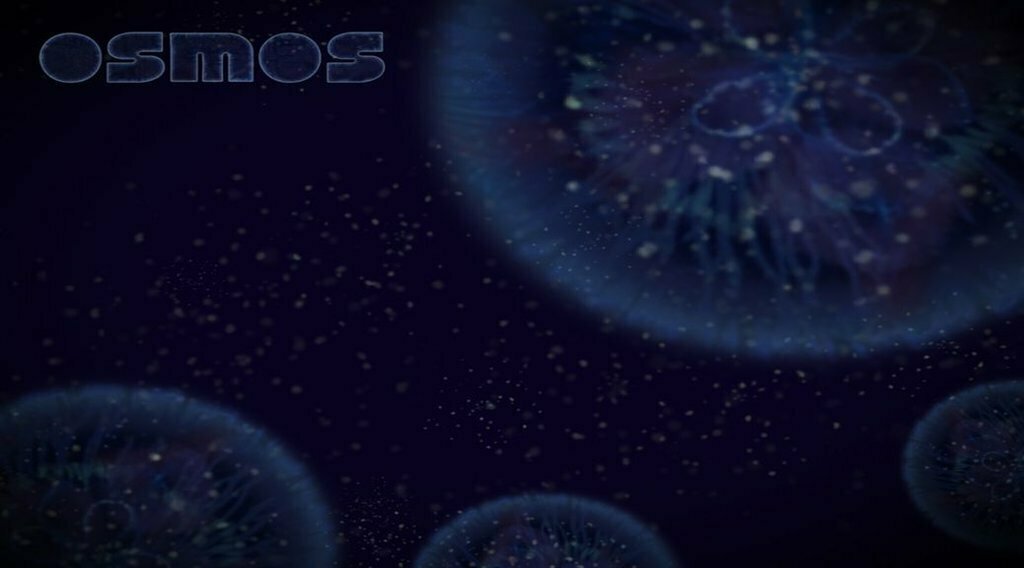

The difference I think lies in the nature of intelligence. The physics involved are straight out of Newton, and they apply at both the microscopic and the cosmic level. If you are thinking of a microbe trying to navigate and ingest food to sustain itself versus a spaceship needing to gather fuel in order to continue on its journey, there is a parallel there even if the sizes and the mediums are different.

What is the relationship between the microbial and the cosmic scale in Osmos?Ī lot of the reason why there is a connection between the microscopic and the cosmic in Osmos is because of the physics-it just so happens that there is a way to apply it to both. It is an ambiguous mix, but in terms of the physics at the heart of the game, the physics can apply at any scale. Essentially it is a lot of circles, but we wanted an ambiguous mix of microscopic and galactic levels. The game-play came first, and the then the visual style. The first name of the game was Blob, which is pretty self-explanatory, and then I eventually came up with Osmos as a mix of “osmosis” and “cosmos.” And I think Osmos can be described as a sort of lava lamp, but on a solar-system level. These squishy objects behaved, in a way, like a lava lamp. And though that is a pretty esoteric subject, all that fooling about with the models gave me different thoughts on what might be fun to interact with in a digital world. Specifically, it was designing system simulations that were trying to efficiently and realistically simulate textiles. I had taken a course on spacecraft dynamics, and my masters focused on computer modeling of deformable-squishy-3D substances. It was really based on the things that I had studied. Where did the inspiration to make Osmos come from? Nautilus spoke to the game’s creator, Eddy Boxerman, about what makes Osmos work, how it connects cosmic and microscopic scales, and just what “ambient physics” actually means. It also was named a game of the year by Apple and at least four tech publications in 2010.
#Osmos games android#
It is massively popular on Android and iOS devices, with millions of purchases and tens of thousands of overwhelmingly positive user reviews. By forcing people to really grapple with the laws of physics in this challenging way, the game can help them get a deeper understanding than they might get from conventional reading and problem-solving.īut just as important, the game is fun. The systems range from the microscopic domain of intelligent single-celled organisms to the galactic scale of planets in orbit around a star, and the player has to be prepared to change their game strategy to suit the different forces at work in the levels. Osmos includes eight different types of worlds, each of which simulates the properties of a different imaginary but in some ways realistic physical system. It’s a perfect example of Newton’s third law (“ For every action, there is an equal and opposite reaction ”) and also makes for a key strategic point in the game: Every move has to be worth the expense. But run into a larger body and you will be absorbed, your entity “terminated.” But power doesn’t come for free: The mote propels itself by ejecting part of its own body behind it, shooting away some of its mass in exchange for a push in the opposite direction. You start the game as a tiny, spherical mote, trying to grow by absorbing even smaller motes, merging with them in order to grow larger and more powerful. In an era when fashion demands thinness, the video game Osmos, in which the goal is attaining ever greater levels of corpulence, stands as a rare exception. A screenshot from Osmos showing the player’s mote bright blue mote surrounded by smaller blue bubbles, which you can eat, and larger red blobs, which can eat you.


 0 kommentar(er)
0 kommentar(er)
